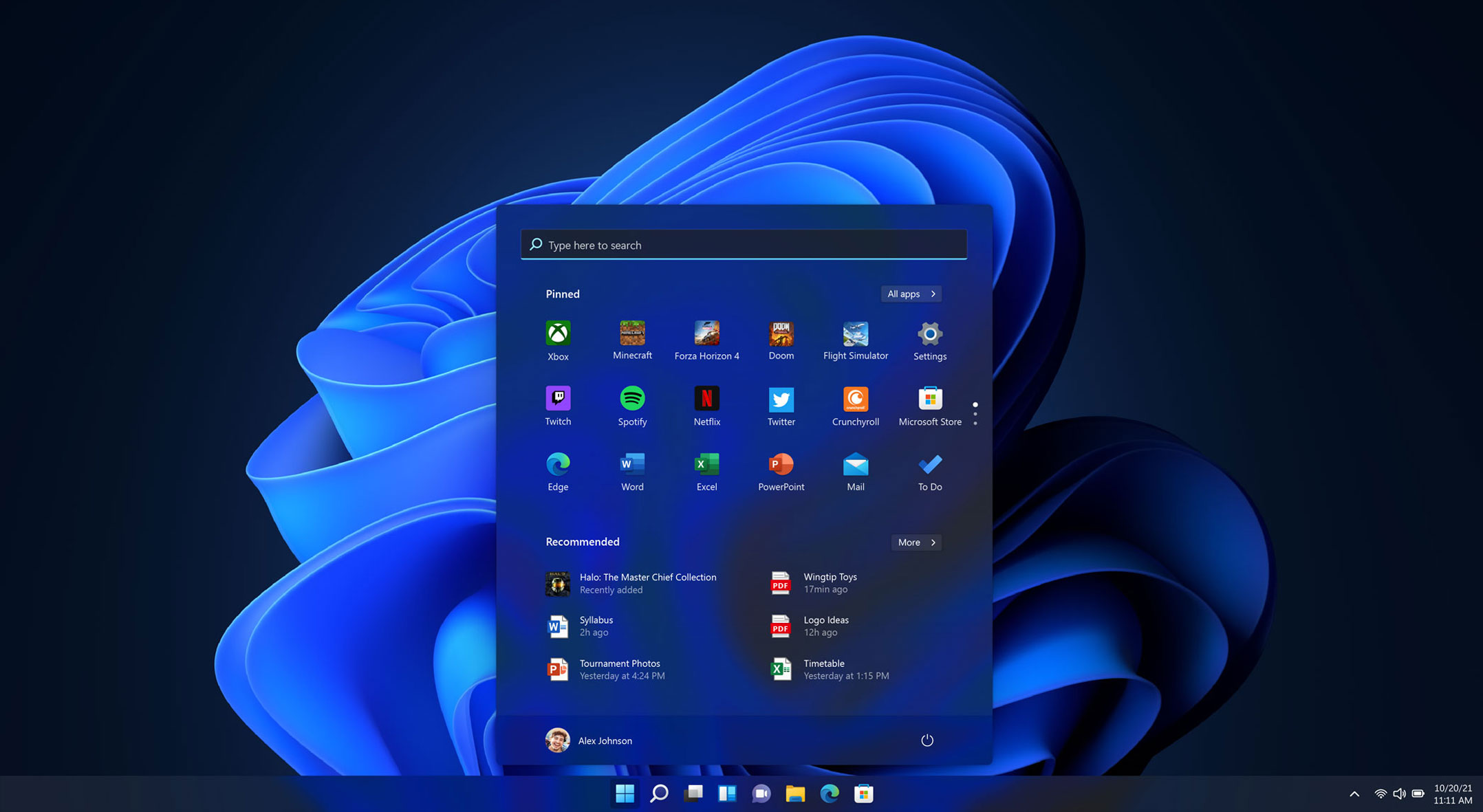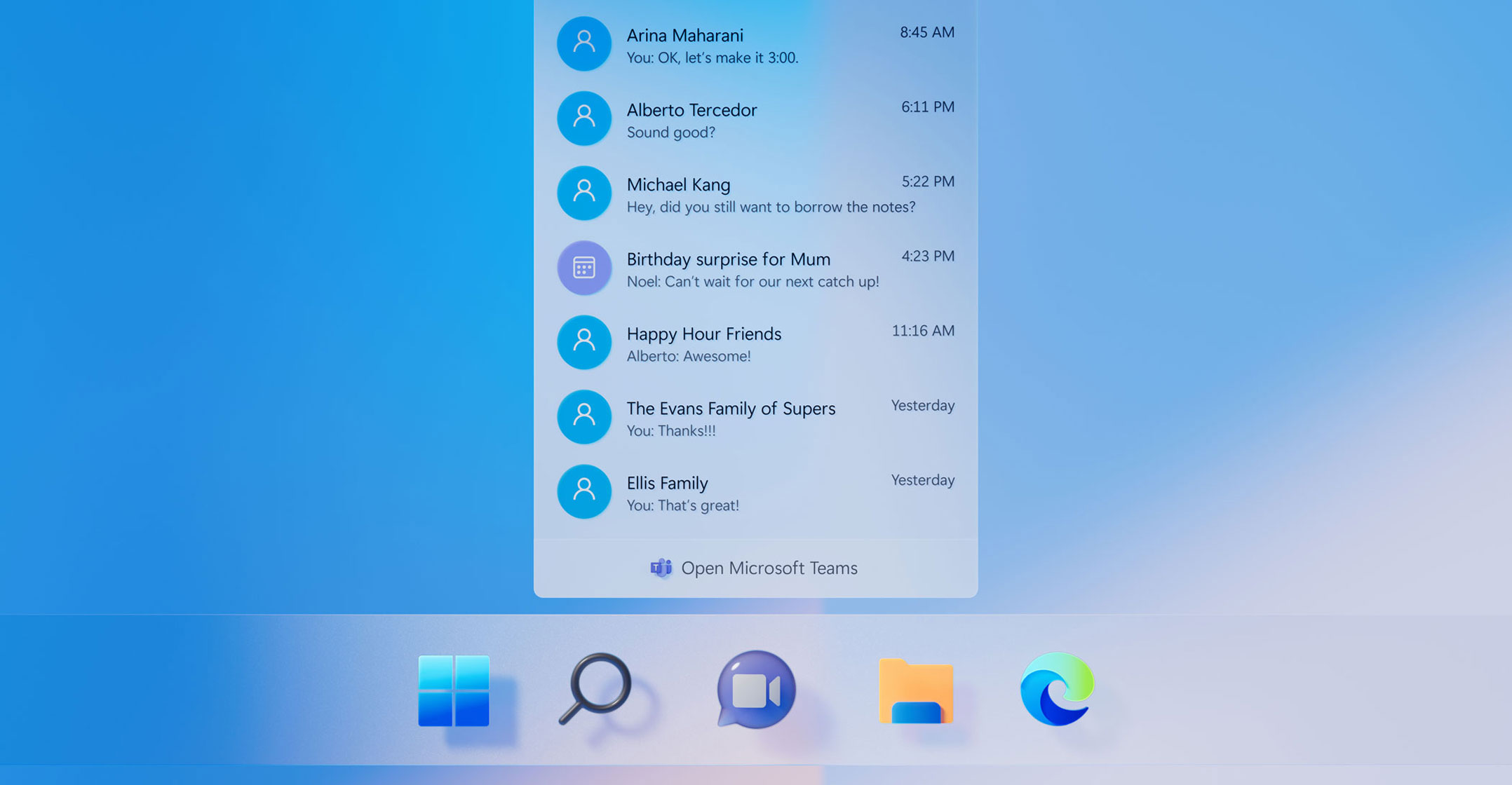 Microsoft launched Windows 11, the latest version of its operating system, on Tuesday, offering better security and a fresh lick of paint that appears to borrow design ideas from both the Mac and Linux worlds. But good luck getting it!
Microsoft launched Windows 11, the latest version of its operating system, on Tuesday, offering better security and a fresh lick of paint that appears to borrow design ideas from both the Mac and Linux worlds. But good luck getting it!
The new operating system, which is a free upgrade for Windows 10 users – if they can meet the stringent system requirements for security – will be rolled out gradually starting today, with most users with eligible PCs expected to be offered the upgrade by no later than mid-2022.
Built on Windows 10’s core, the new operating system has new security requirements that could preclude many users, especially those on older hardware, from getting the upgrade. It also offers a new user interface, including a centred taskbar reminiscent of the dock on Apple’s macOS.
Windows 11 will be targeted squarely at retail consumer users at launch, with business – and especially large enterprise – users to follow later, Colin Erasmus, Modern Workplace and Security Business Group lead at Microsoft South Africa, said in an interview with TechCentral ahead of Tuesday’s launch.
“A lot of organisations will do due diligence as they always do (before upgrading),” Erasmus said. “Corporate compatibility is always an issue, but we are trying to get to 99% compatibility (with this release).”
Some new technologies introduced in Windows 11 will also be “backported” into Windows 10 “to ensure 11 and 10 run side by side”, he said.
Roadblock
“We not expecting everyone to move (to Windows 11) immediately,” Erasmus said, adding that support and updates for Windows 10 will continue to be offered for at least another four years.
Many Windows 10 users are, however, likely to run into a roadblock when seeking to upgrade to Windows 11. This is due to the new operating system’s security requirements, which mean that many users with older processors and security features won’t be offered the update.
These requirements include a recent-generation CPU (for Intel, it’s an eight-generation chip or higher), support for Trust Platform Module (TPM) 2.0 – a chip designed to secure hardware through cryptographic keys – and support for UEFI SecureBoot. There are ways to get around these requirements, but Microsoft doesn’t recommend them and has even warned that those who use these workarounds may not be eligible for some security and other software updates in the future.
Microsoft’s hardware partners in the PC industry may be hoping these requirements spur a surge in new device sales in the coming months. In reality, most ineligible PCs will probably simply carry on running Windows 10, especially given Microsoft’s plan to support the older OS for years to come.
 Microsoft won’t disclose how many PCs in South Africa are still running older versions of Windows, including Windows 7, but Erasmus said the market has “moved very nicely from 7 to 10”, with “quite a few people already running Windows 11 through the Windows Insider Programme”. This programme allows PC users and developers to test upcoming features and versions of the operating system before they are released.
Microsoft won’t disclose how many PCs in South Africa are still running older versions of Windows, including Windows 7, but Erasmus said the market has “moved very nicely from 7 to 10”, with “quite a few people already running Windows 11 through the Windows Insider Programme”. This programme allows PC users and developers to test upcoming features and versions of the operating system before they are released.
Microsoft has encouraged those who are not sure whether they are eligible for the upgrade to download the PC Health Check app from the company’s website to find out whether they can upgrade and, if they can’t, whether they can do something about it. Some PCs may simply need to have settings changed in the BIOS to ensure they are eligible for the upgrade – by, for example, enabling the TPM 2.0 chip if it’s present or by enabling UEFI SecureBoot.
According to StatCounter figures, 57.6% of desktop and laptop systems worldwide were running Windows 10 as of June 2021, with Windows 7 at 11.4%. About 0.4% of PCs were still running Windows XP, which was released 20 years ago and is no longer supported at all by Microsoft. — (c) 2021 NewsCentral Media




